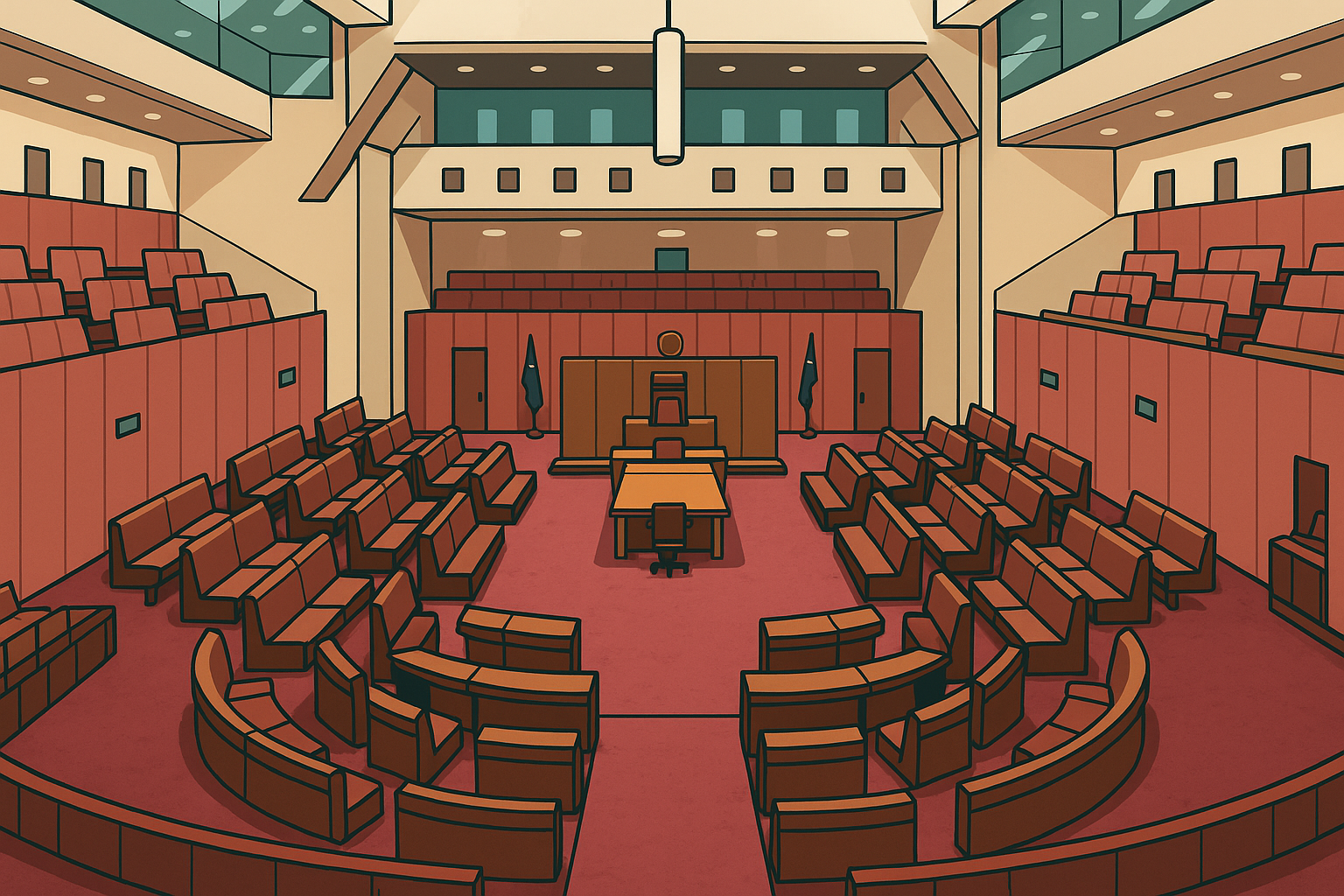Good policies are not created in isolation. They work best when government departments collaborate effectively. This blog explores how to facilitate cross-departmental collaboration for stronger governance.
Good governance is not about isolated policies; it’s about systems thinking.
Dr. Alexandra Block
The Complexity of Modern Governance
Today’s governance challenges are complex, spanning climate change, economic stability, social justice, and public health. Too often, government departments operate in silos, crafting policies independently with little coordination. This fragmented approach leads to duplicated efforts, conflicting policies, and missed opportunities.
The truth is, policies are interconnected. Decisions in one area often affect others. To create meaningful and lasting change, governments need to shift from isolated policy-making to integrated governance—where departments work together seamlessly to meet society’s evolving needs.
The Pitfalls of Policy Silos
When departments work in isolation, several problems arise:
-
Duplicated Efforts: Departments may replicate similar initiatives, wasting resources and confusing the public.
-
Conflicting Policies: Without coordination, actions in one sector may undermine goals in another.
-
Missed Opportunities: Siloed approaches prevent leveraging synergies and innovations.
-
Inefficiency: Disconnected systems can slow service delivery and complicate access for citizens.
For example, housing policy that expands supply without coordinating with transport and employment departments can result in housing that’s disconnected from jobs and public services—undermining both economic and social goals.
Principles of Integrated Governance
Integrated governance relies on key principles:
-
Shared Vision and Goals: Departments must align around common priorities, supported by strong political leadership.
-
Collaborative Structures: Mechanisms like interdepartmental committees and joint funding streams encourage collaboration.
-
Data Sharing and Integration: Shared data systems prevent duplication and highlight connections between policy areas.
-
Stakeholder Engagement: Involving citizens, businesses, and NGOs ensures policies reflect real needs.
-
Capacity Building: Training and resources equip public servants to collaborate effectively.
-
Accountability and Transparency: Clear frameworks ensure collaboration delivers tangible results.
Practical Steps for Collaboration
Here’s how to foster better cross-department collaboration:
1. Establish Cross-Departmental Task Forces
Dedicated teams of representatives from different departments can work on priority issues, such as homelessness or climate adaptation.
2. Develop Shared Metrics and Reporting
Agree on indicators to measure success across departments. For example, tackling childhood poverty might combine education, income, and health metrics.
3. Create Joint Funding Pools
Allocate budgets that require collaborative projects, ensuring financial support and shared accountability.
4. Invest in Shared Technology Platforms
Integrated digital systems streamline service delivery and enable secure data sharing, for example, through integrated case management.
5. Cultivate a Collaborative Culture
Leadership must model collaboration, recognize cross-departmental work, and promote open communication.
6. Involve Stakeholders Early
Engage external groups at the policy design stage to ground policies in real-world experiences and gain public support.

Conclusion
Good governance isn’t just about passing laws or crafting policies; it’s about designing a system where each part works together toward shared goals. Siloed departments risk undermining each other’s efforts, but collaboration can unlock better solutions.
By fostering a culture of teamwork, adopting integrated frameworks, and supporting cross-departmental work with leadership, training, and tools, governments can deliver policies that meet today’s complex challenges. The future of governance lies in working together.
